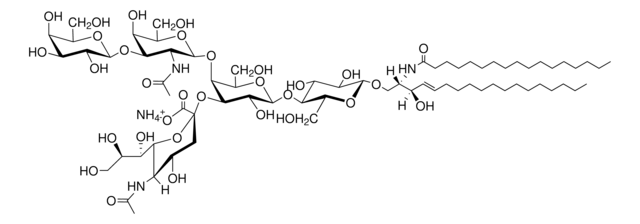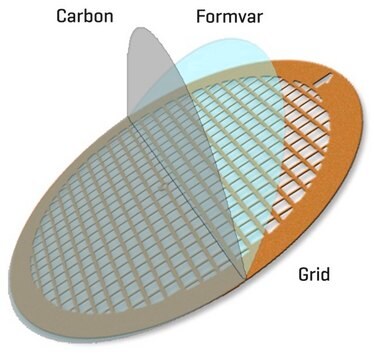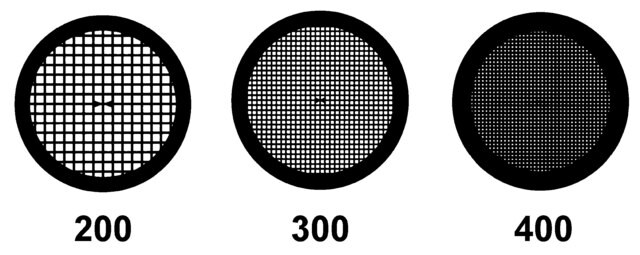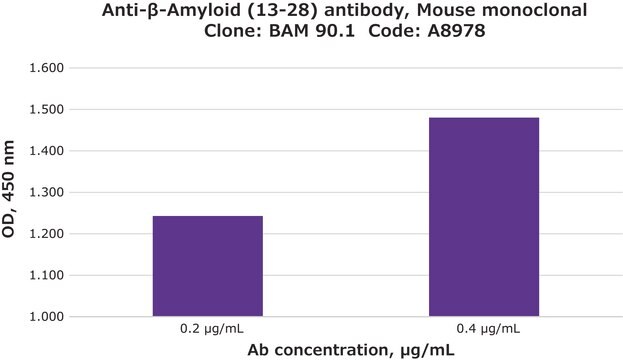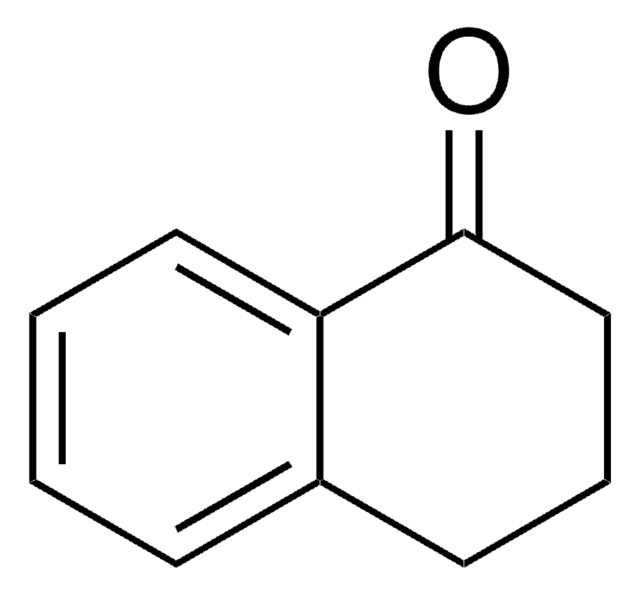ABN1671
Anti-HD-polyCys-Ct
serum, from rabbit
Synonym(s):
HD-RAN PolyCys, HD-PolyCys
Select a Size
Select a Size
About This Item
Recommended Products
biological source
rabbit
antibody form
serum
antibody product type
primary antibodies
clone
polyclonal
species reactivity
human
packaging
antibody small pack of 25 μL
technique(s)
immunocytochemistry: suitable
immunohistochemistry: suitable
western blot: suitable
isotype
IgG
target post-translational modification
unmodified
General description
Specificity
Immunogen
Application
Western Blotting Analysis: A representative lot detected HD-polyCys-Ct in Western Blotting applications (Banez-Coronel, M., et. al. (2015). Neuron. 88(4):667-77).
Western Blotting Analysis: A 1:750 dilution form a representative lot detected HD-polyCys-Ct in HEK293T cells transfected with HD-polyCys-Ct.
Immunohistochemistry Analysis: A representative lot detected HD-polyCys-Ct in Immunohistochemistry applications (Banez-Coronel, M., et. al. (2015). Neuron. 88(4):667-77).
Neuroscience
Quality
Western Blotting Analysis (WB): A 1:1,000 dilution of this antibody detected in PolyCys in HEK293T cells transfected with HD-polyCys-Ct, but not in control cells.
Target description
Physical form
Storage and Stability
Other Notes
Disclaimer
Not finding the right product?
Try our Product Selector Tool.
Certificates of Analysis (COA)
Search for Certificates of Analysis (COA) by entering the products Lot/Batch Number. Lot and Batch Numbers can be found on a product’s label following the words ‘Lot’ or ‘Batch’.
Already Own This Product?
Find documentation for the products that you have recently purchased in the Document Library.
Our team of scientists has experience in all areas of research including Life Science, Material Science, Chemical Synthesis, Chromatography, Analytical and many others.
Contact Technical Service
